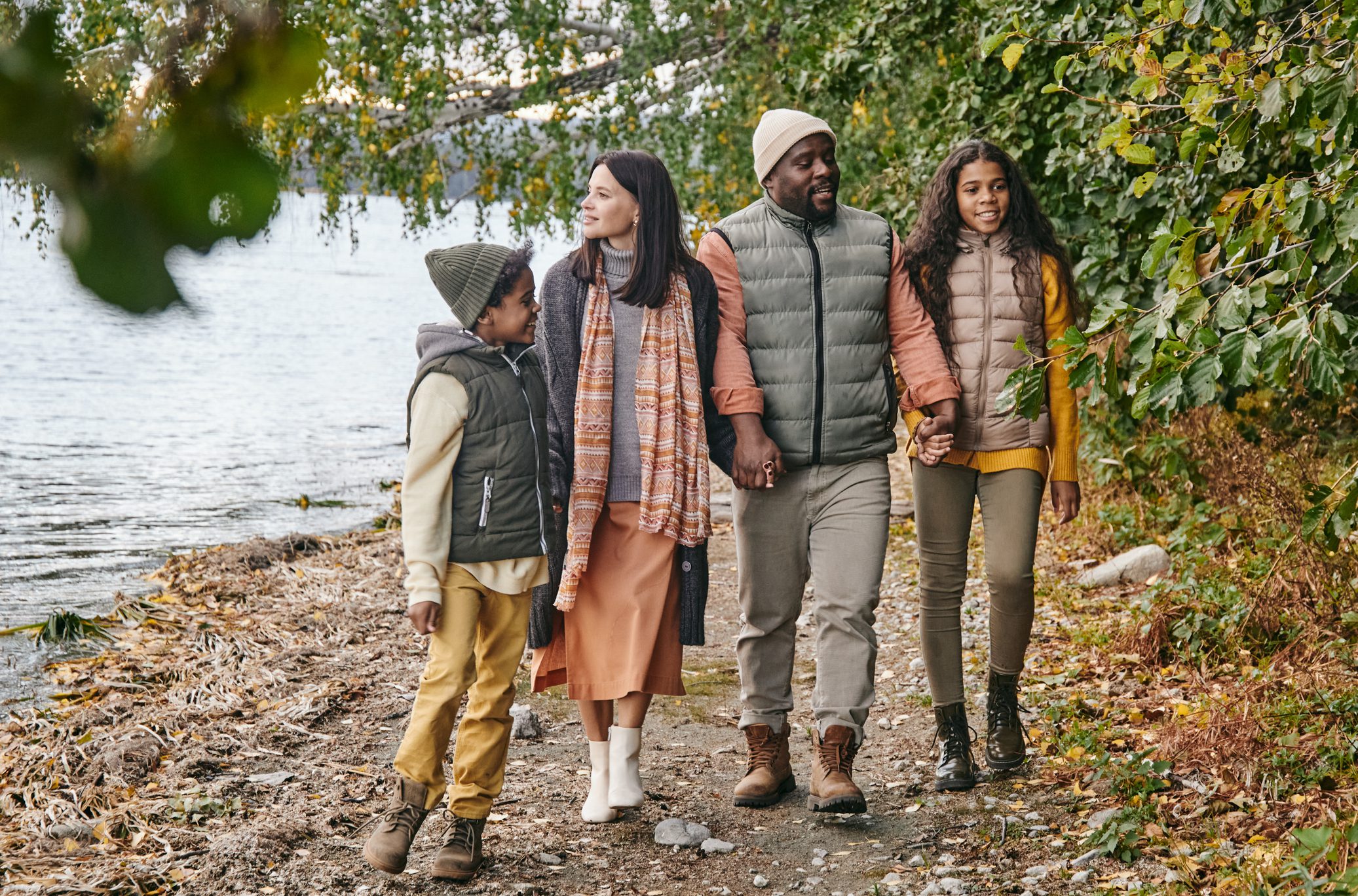Holiday celebrations with family and friends – usually featuring delicious food and drinks – are fast approaching. If you packed on a few extra pandemic pounds over the past couple of years, you may be wondering how to get through the upcoming season without adding even more weight. Or perhaps you’d like to lose a few pounds and maybe improve your health while you’re at it.
Conventional wisdom would have you heading to the gym for high-intensity interval training, signing up for sweat-inducing Zumba classes or hitting the weight room, but surprisingly, walking — one of the simplest and most overlooked exercises — may matter the most to your overall health.
Avoid Stationary Behavior and Enjoy ‘Movement Snacks’

Dr. Ronesh Sinha
“Back when physical activity was a natural part of work duties and other daily habits, most people took enough steps each day to preempt the damaging effects of too much sitting,” says Dr. Ronesh Sinha, an internal medicine doctor at the Palo Alto Medical Foundation. Today, many jobs involve sitting at a desk and going everywhere in cars and buses. This sedentary lifestyle significantly worsens health.
Negative effects include packing on excess pounds, which in turn triggers inflammation — now considered the root cause of premature aging and chronic conditions like heart disease, cancer and Alzheimer’s disease.
If you’re like many Americans, you may have a desk job, which means you may not get enough non-exercise physical activity each day for good health. That’s one reason federal guidelines advocate at least two and a half to five hours of moderate intensity exercise a week.
“Many people with desk jobs are avoiding sitting by getting a standing workstation –which is a small step in the right direction but standing still doesn’t burn enough calories to promote weight loss or improve metabolic health,” says Dr. Sinha. “The key is to keep moving. For example, you could try moving from sitting to standing to pacing to squatting throughout the day.”
Dr. Sinha likes the term ‘movement snacking’, where the idea is to snack regularly on movement rather than on salty or sugary snacks.
According to Dr. Sinha, everyday activities like walking, climbing stairs, squatting down to pull weeds and bending over to pick up objects directly influence your health. “It’s tragic that we now have to create a separate term for this — non-exercise physical activity, or NEPA — and make a deliberate attempt to restore these movements into our daily, unnaturally sedentary lifestyles,” he says.
Walk your way toward health

If you look at countries where people live the longest, you won’t see classes filled with intense daily cardio, cycling or CrossFit participants. “They simply walk, stand, bend and squat more throughout the day, and they do much of it outdoors,” Dr. Sinha says.
As Dr. Sinha points out, several studies show that walking in particular:
- Lowers blood sugar and triglycerides after meals
- Tames inflammation
- Modestly lowers body fat
- Reduces stress
- Boosts immunity
- Prevents falls among the elderly
- Lengthens lifespan
Step to It
Here are some things to keep in mind before you go out on your walk:
- Wear Good Shoes — Proper-fitting shoes with a sturdy heel and comfortable insoles are critical for protecting your feet, legs and back from injury.
- Dress for Success — Comfy, loose-fitting clothes (but not too loose or they’ll chafe) made of breathable materials, allowing perspiration to evaporate are best. At night, don bright colors or reflective tape so motorists can see you.
- Start Slow — Walk slowly for three to five minutes to warm up your muscles before revving up to a faster pace.
- Don’t Overdo It — Until you’re a seasoned walker, plan a shorter route and complete it twice if you want more exercise.
- Stay Hydrated — Carry a water bottle to keep the fluids flowing.
- Cool Down — As with other exercises, slowing down gradually reduces heart and muscle stress. Build in five minutes of slow strolling after a faster-paced walk.
- Make it Enjoyable — Know what motivates you. Some people like peace and inner contemplation while walking solo; others get bored without energizing music. If companionship sounds appealing, invite someone along and keep up a steady pace while chatting.
Prioritize everyday movement
Once you are doing a reasonable level of walking and moving more throughout each day, add in a few cardio workouts and weight-training sessions. “But do not use these as a replacement” Dr. Sinha says. “A compilation of 18 studies including nearly 800,000 people showed that prolonged sitting throughout the day doubled the risk of diabetes, heart disease and death — despite moderate-to-vigorous exercise.”
You can quantify activity through daily steps using a pedometer, smartphone or activity tracking device. “The bare bones daily minimum is 5,000 steps a day,” says Dr. Sinha, “the optimal goal is at least 8,000 to 10,000 daily steps. I encourage you to know your number — a 20-minute walk at lunch is better than nothing.”
Everyone can benefit from NEPA — even endurance athletes. “If you are an avid distance runner or triathlete and want to live longer, it may be wise to switch your running shoes for walking shoes every now and then,” Dr. Sinha says. “Don’t get me wrong: Achieving your endurance goals in your favorite sport is a great accomplishment. But keep in mind that the real accomplishment for most of us is longevity, disease prevention and optimal brain and body health. For these goals, regular non-exercise activity is absolutely essential.”
So, this Thanksgiving, instead of taking a nap after enjoying your aunt’s famous pumpkin pie a la mode, try heading out for a walk with your family –it could be the first step of your journey to overall health.





